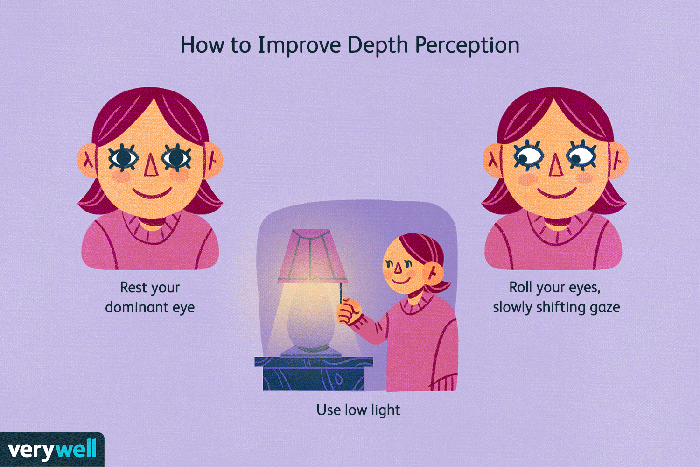Poor depth perception can result in – Poor depth perception, a condition that impairs the ability to perceive the relative distance of objects, can result in a multitude of challenges and safety concerns. This comprehensive guide delves into the profound impact of poor depth perception on various aspects of life, including coordination, distance judgment, sports performance, safety, and occupational hazards.
Understanding the consequences of poor depth perception is crucial for individuals affected by this condition, as well as for those who interact with them. By shedding light on the challenges and risks associated with depth perception impairments, this guide aims to empower readers with knowledge and strategies to mitigate these challenges and ensure safety.
Reduced Coordination and Balance
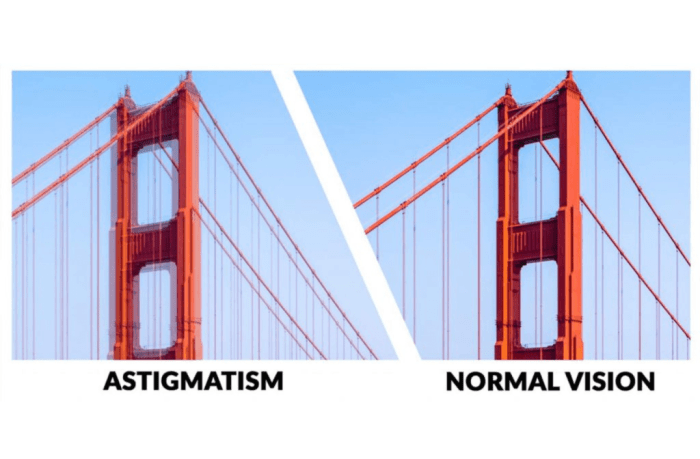
Individuals with poor depth perception may experience impaired coordination and balance, increasing their risk of falls and accidents. This is because the brain relies on depth perception to accurately gauge distances and spatial relationships, which is crucial for maintaining balance and coordinating movements.
For example, walking on uneven surfaces or playing sports can be particularly challenging for those with poor depth perception. They may struggle to judge the height of steps or the distance to objects, leading to missteps and falls.
Impact on Activities of Daily Living
- Difficulty navigating stairs or uneven surfaces
- Challenges with sports activities, such as catching a ball or judging the distance to a target
- Increased risk of falls and accidents in everyday situations
Difficulty Judging Distances
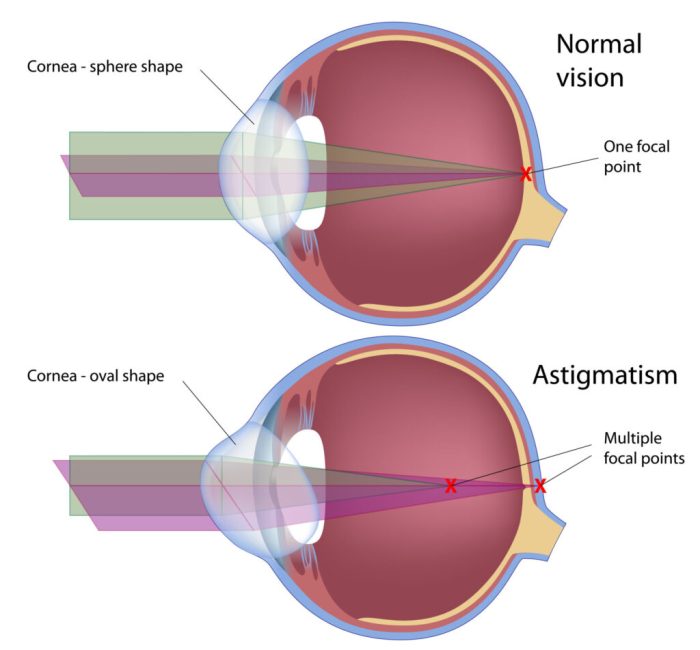
Individuals with poor depth perception experience challenges in accurately estimating distances between objects and themselves. This impairment affects various everyday tasks that rely on precise distance judgment, such as driving, parking, and catching objects.
To compensate for depth perception issues, individuals can employ certain strategies. For instance, when driving, they may rely more on peripheral vision and visual cues from the environment, such as lane markings and the position of other vehicles, to gauge distances.
Parking
- Using reference points, such as curbs or light poles, to determine the distance between the car and obstacles.
- Slowly reversing and stopping at intervals to check the distance visually.
- Practicing parking in different scenarios to improve spatial awareness and distance estimation.
Catching Objects
- Observing the trajectory of the object carefully to anticipate its path.
- Using both hands to increase the surface area for catching.
- Positioning the body in a way that allows for a more accurate estimate of the object’s distance.
Impaired Sports Performance

Poor depth perception can significantly hinder performance in sports that require accurate depth perception, such as basketball, baseball, or tennis. Athletes with depth perception issues face specific challenges that can impact their ability to perform at their best.
In basketball, for example, players need to accurately judge the distance and trajectory of the ball to make successful shots and passes. Depth perception issues can make it difficult to determine the correct distance to the basket, leading to missed shots or turnovers.
Similarly, in baseball, batters need to be able to judge the speed and location of the incoming pitch to make solid contact. Poor depth perception can make it challenging to determine the ball’s distance, resulting in strikeouts or weak hits.
Overcoming Challenges, Poor depth perception can result in
Athletes with depth perception issues can overcome these challenges by employing various strategies. One effective technique is to use visual cues from the environment, such as the position of the backboard in basketball or the pitcher’s mound in baseball, to help gauge distances.
Additionally, athletes can practice specific drills designed to improve depth perception, such as catching fly balls or throwing objects at targets at varying distances. These exercises help train the brain to better interpret depth cues and improve hand-eye coordination.
In some cases, athletes may also benefit from using specialized eyewear or contact lenses that enhance depth perception. These devices can provide additional visual cues that help improve the athlete’s ability to judge distances and track moving objects.
By implementing these strategies, athletes with depth perception issues can mitigate the impact of their condition and improve their performance in sports that require accurate depth perception.
Safety Concerns
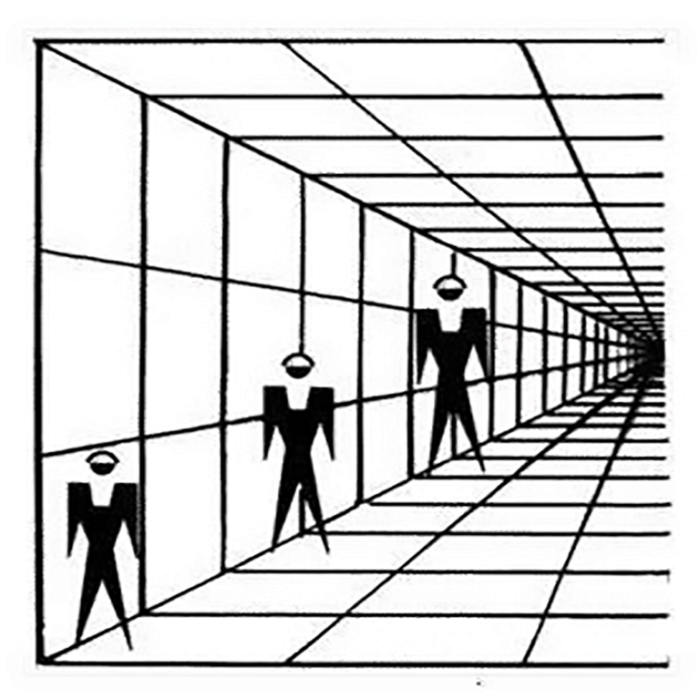
Poor depth perception can significantly impair an individual’s ability to navigate their surroundings safely, increasing the risk of accidents and injuries.
One of the most critical safety concerns is driving. Individuals with poor depth perception may struggle to judge the distance between their vehicle and other objects on the road, leading to collisions or difficulty merging into traffic. Additionally, they may have difficulty perceiving the height and distance of objects, making it challenging to navigate intersections or drive in low-visibility conditions.
Walking in Unfamiliar Environments
Walking in unfamiliar environments poses challenges for individuals with poor depth perception. They may have difficulty judging the distance to curbs, steps, or other obstacles, increasing the risk of falls or injuries. Poor depth perception can also make it challenging to navigate uneven terrain or crowded areas, as the individual may misjudge the distance to objects and people.
Operating Machinery
Operating machinery requires precise hand-eye coordination and depth perception. Individuals with poor depth perception may struggle to accurately gauge the distance between objects, leading to accidents or injuries. For example, in construction or manufacturing settings, operating heavy machinery or working with sharp tools can be particularly hazardous for individuals with impaired depth perception.
Occupational Hazards
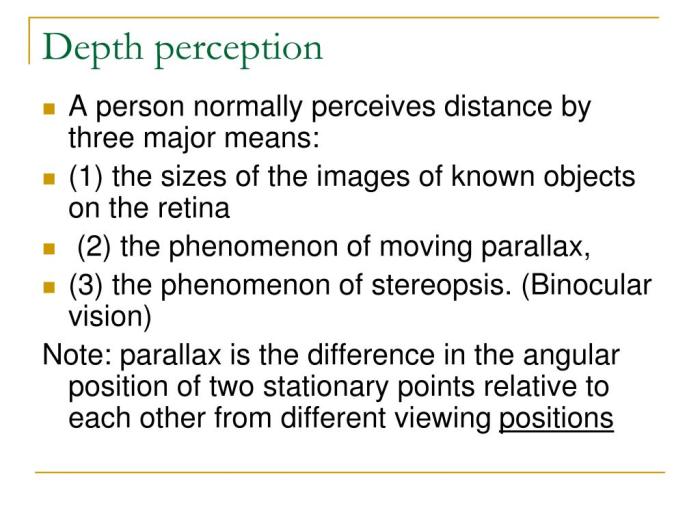
Poor depth perception can pose significant occupational hazards in various industries, especially those involving tasks that require precise spatial awareness and judgment of distances.Industries such as construction, manufacturing, and transportation rely heavily on workers’ ability to accurately perceive depth. In construction, workers need to judge distances when operating heavy machinery, working at heights, or handling materials.
In manufacturing, precise depth perception is crucial for operating automated machinery, assembling products, and conducting quality control inspections. Similarly, in transportation, drivers and pilots rely on depth perception to navigate safely, maintain appropriate distances from other vehicles, and assess potential hazards.
Specific Tasks and Situations
Operating heavy machinery
Depth perception is essential for safely operating cranes, forklifts, and other heavy equipment, as it allows workers to accurately judge distances and avoid collisions.
Working at heights
Workers performing tasks at elevated heights need to have good depth perception to assess distances and maintain balance while climbing ladders, scaffolding, or working on rooftops.
Handling materials
Depth perception helps workers accurately gauge the size, shape, and weight of objects, ensuring safe handling and preventing injuries.
Operating automated machinery
In manufacturing settings, depth perception is crucial for operating automated machinery, such as robots and CNC machines, as it allows workers to precisely position materials and avoid accidents.
Conducting quality control inspections
Depth perception is essential for conducting thorough quality control inspections, as it enables workers to detect defects and irregularities in products.
Navigating safely
Drivers and pilots rely on depth perception to accurately judge distances between vehicles, pedestrians, and obstacles, enabling them to make safe driving or flying decisions.
Mitigation Measures
Training and education
Employers should provide training and education programs to enhance workers’ depth perception and spatial awareness. This can include exercises, simulations, and hands-on practice.
Proper equipment
Providing workers with appropriate safety equipment, such as safety glasses, depth perception glasses, or specialized tools, can help improve their depth perception.
Task modification
When possible, tasks that require precise depth perception should be modified or adapted to reduce the risk of accidents. This may involve using assistive technology, such as depth perception aids or sensors.
Regular eye exams
Employers should encourage workers to undergo regular eye exams to detect and correct any vision problems that may affect depth perception.
Job placement
Individuals with poor depth perception may be better suited for roles that do not require precise spatial judgment. Employers should consider job placement based on individual capabilities and limitations.
Key Questions Answered: Poor Depth Perception Can Result In
What are the common causes of poor depth perception?
Poor depth perception can result from various factors, including genetic conditions, eye disorders (such as strabismus or cataracts), neurological disorders, and certain medications.
Can poor depth perception be treated?
Treatment options for poor depth perception depend on the underlying cause. In some cases, corrective lenses or vision therapy may improve depth perception. However, for certain conditions, such as strabismus, surgical intervention may be necessary.
How can I compensate for poor depth perception in everyday life?
Individuals with poor depth perception can employ strategies such as using a walking stick or cane for stability, paying attention to auditory cues, and avoiding activities that require precise depth perception, such as driving or operating heavy machinery.
